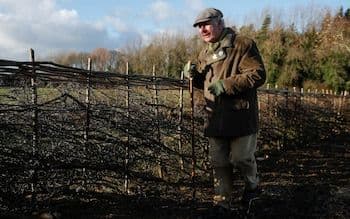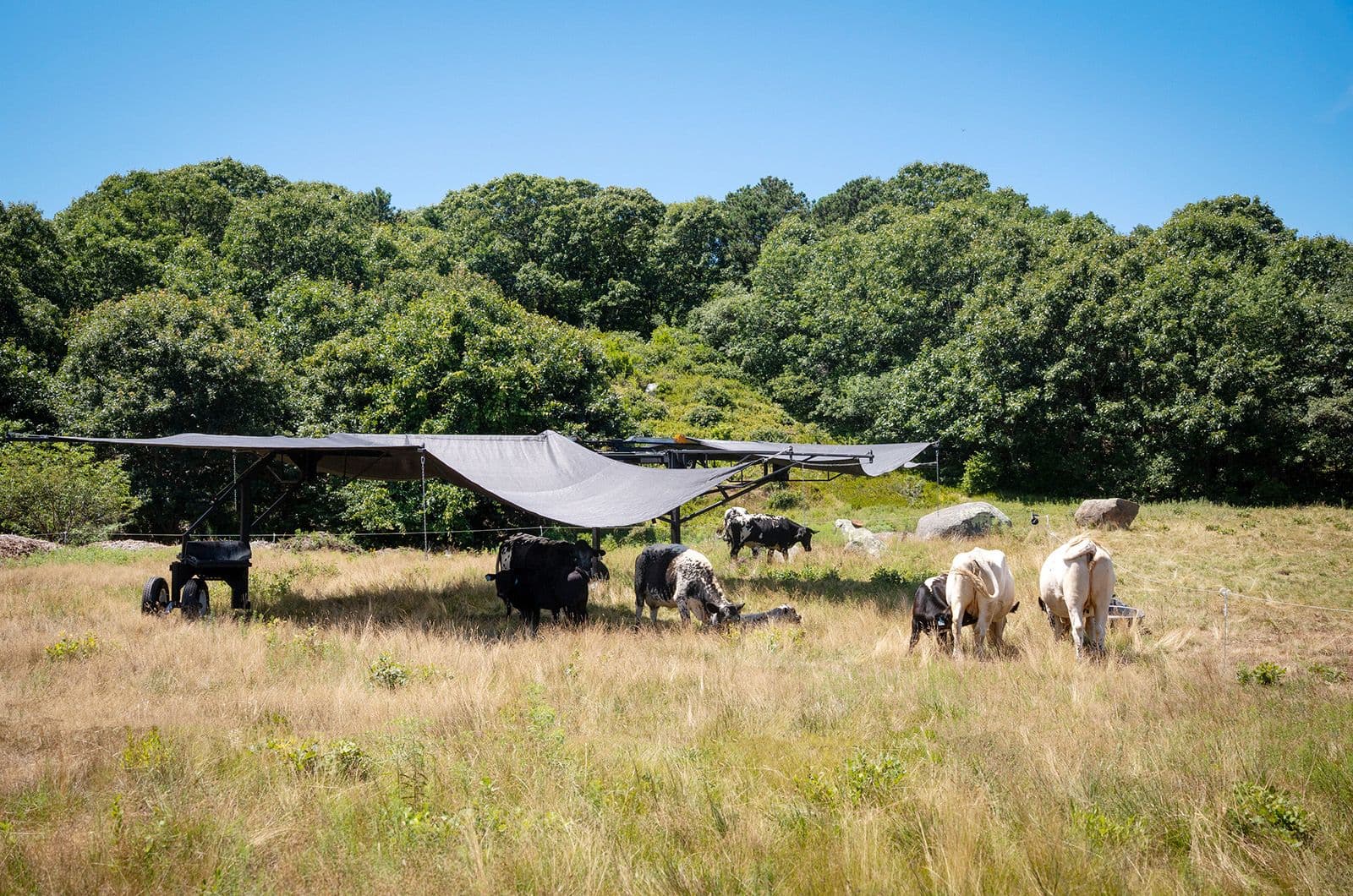The Gardener King: Highgrove's Grand Vision and Its Unseen Pressures
Explore the complexities behind Highgrove: King Charles's horticultural vision meets the real-world pressures faced by staff cultivating this royal masterpiece.

Cultivating a Kingdom: Charles's Lifelong Love Affair with Highgrove
Highgrove Gardens isn't just a royal estate; it's the living canvas of four-and-a-half-decade horticultural odyssey. For over 45 years, he has poured his soul into transforming grounds, shaping them into what are now celebrated as some of the most spectacular gardens in the country. This isn't a mere hobby; it's a deeply personal, almost spiritual pursuit that reflects his profound connection to nature and sustainable practices. The King's involvement is legendary, far surpassing that of a distant patron. When in residence, he embarks on daily walkabouts, meticulously inspecting every bloom and leaf. Even when away, his vision persists, communicated through detailed memos famously penned in thick red ink. These aren't vague suggestions; they are precise, often emotional directives, dictating everything from the exact size of a peach to the precise shade of a rose. This hands-on, exacting approach has undeniably forged a horticultural masterpiece, a testament to his unwavering dedication and unique green-fingered vision. Highgrove stands as a monumental achievement, born from the King's singular passion.
Beyond the Bloom: The Royal Standards and Their Human Cost
While Highgrove’s beauty is undeniable, the meticulous vision that created it often translates into extraordinary demands on those tasked with its upkeep. The King’s specific, even emotional, requests are not mere suggestions but royal standards that require unwavering adherence. This intense scrutiny, combined with the sheer scale of the gardens, has reportedly placed significant pressure on the dedicated team. Anecdotes, such as the probationary gardener who allegedly departed after a factual error about a flower prompted the King to declare, “don’t put that man in front of me again,” highlight the exacting environment. While sources close to the assert that this individual simply "failed to meet expectations," such incidents underscore the high bar set for horticultural excellence. The challenge lies in balancing this grand ambition with the practical realities faced by the workforce. The pursuit of perfection, while yielding stunning results for visitors, began to reveal a less visible side: the human cost behind the flawless facade.
Roots of Discontent: Unpacking Staff Turnover and Complaints
The underlying pressures at Highgrove culminated in a series of concerning developments, painting a picture of significant workplace challenges. A investigation revealed a striking exodus, with 11 out of 12 full-time gardening staff, including two heads and a deputy, reportedly departing since March 2022. This year alone saw two more walkouts, with vacancies remaining open. The growing discontent wasn't merely anecdotal; in 2023, a gardener formally complained to management, articulating a team overwhelmed, under-resourced, and struggling to meet the King’s relentless requests. The grievance painfully detailed claims of staff injuries and plummeting morale, with the employee feeling unable to voice concerns about understaffing. This serious complaint prompted an external review by HR consultancy , which, in late 2023, largely upheld claims of staff shortages, inadequate management practices, and low pay as significant contributors to poor recruitment and retention. Many gardeners, it found, were earning minimum wage, a figure well below industry benchmarks, a stark contrast to the grandeur they maintained. Even the King himself seemed to acknowledge the staffing crunch, reportedly suggesting elderly volunteers or Ukrainian refugees as potential solutions in a note following the invasion of Ukraine, indicating a search for alternative labour to sustain his vision.
The Foundation's Stance: Balancing Vision with Workplace Realities
In response to the mounting concerns, has robustly defended its employment practices and the overall management of Highgrove Gardens. They assert that their staff turnover rates are "well below the national average," and the number of formal grievances raised is similarly low. For the gardening team specifically, the Foundation points to regular reviews of pay benchmarking guidance from the as evidence of their commitment to fair remuneration. Indeed, they highlight that average staff pay has cumulatively increased by 15 to 19 percent since 2022. The Foundation also emphasizes significant positive developments under its stewardship since becoming the gardens' charitable custodian. Operating profit has more than doubled since 2022, a new education facility now teaches hundreds of students traditional heritage skills, and visitor numbers consistently exceed 40,000 annually. Sources close to both the King and the Foundation deem it "perfectly reasonable" for the monarch, as the gardens' visionary, to offer suggestions on their management and presentation. While the WorkNest review upheld claims of systemic issues like staff shortages and low pay, it did not substantiate personal complaints against the executive director, who denied bullying allegations. The Foundation maintains its dedication to staff welfare, citing "very high satisfaction rates" in annual surveys and only one grievance reported for 2024-25, presenting a picture of a well-managed and thriving enterprise.
A Legacy in Flux: What Highgrove Reveals About Royal Pursuits
The unfolding narrative at Highgrove offers a fascinating, albeit complex, glimpse into the intricate dynamics of royal pursuits. It underscores the perpetual tension between a deeply personal, grand vision and the practical, human realities of bringing such a masterpiece to life. 45-year dedication has undeniably created a horticultural marvel, a legacy he secured by transferring the land to before his accession, ensuring his enduring influence over a property originally destined for . This move highlights his profound emotional investment in Highgrove, a place where he still regularly tends to exotic flora, and where he recently hosted a "Harmony Summit" celebrating nature. Yet, the reported staff challenges reveal a critical lesson: even the most passionate royal vision requires robust, empathetic management and fair compensation to thrive sustainably. The Highgrove situation isn't just about plants; it's a microcosm of managing high expectations within a unique institutional framework, where the ultimate visionary is also the monarch. It raises questions about how royal enterprises balance ambitious goals with contemporary workplace standards, ultimately shaping not just a garden, but a part of the King's ongoing public and private legacy.
Related Articles

The Digital Footprint of a Dynasty: Unraveling the High Stakes Behind Barne Estate

The Digital Footprint of a Dynasty: Unraveling the High Stakes Behind Barne Estate

Hooves of Restoration: Martha's Vineyard Land Bank's Resilient Return to Ecological Grazing

Hooves of Restoration: Martha's Vineyard Land Bank's Resilient Return to Ecological Grazing

Perpetual Petals: How Smart August Care Ensures Next Year's Bloom Boom

Perpetual Petals: How Smart August Care Ensures Next Year's Bloom Boom

Fields of Doubt: Diddly Squat's Heartbreaking Battle with an Invisible Enemy
